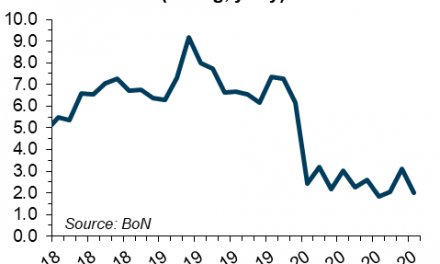
Innovation – The innovation process – Part 1
Background
In the previous article I discussed the measurement of innovation and laid down some basic metrics. In essence, measurement leads to control and eventually improvement. Over the last year and a half, I have covered a lot of topics with regards to innovation, why it is important, the influence of organisational culture, deciding which projects to take on, moving from idea generation to implementation, etc. I have prominently stated in the first article that innovation is not something mythical, a special gift, or a capability only reserved for the Apple’s and Google’s of this world.
Innovation is a business discipline that can be learned, improved and excelled in. I am of opinion that, in general, the perception of innovation has changed in the business environment in the sense that organisations do not view innovation as “fuzzy” anymore, but organisations understand that is required to stay competitive and there is effort in organisations to make innovation “work”. So on that note, I want to address the issue of entrenching innovation as a process in the organisation.
The innovation process
I first want to take a step back and look at the “waves of innovation”, a truly insightful view of Michael Slocum on the evolution of innovation. Structured, systematized productivity – which has taken place over the last 100 years – is classified as the first true wave of innovation. Today we experience world-class techniques in automation, vision systems, robotics and other technologies that reduce the art of production to a science. The work started with Henry Ford and the assembly line and has continued with organisations like Toyota with their excellence in the manufacturing process. The ability to produce high quality products at high rates of manufacture is no longer tied to the abilities of a human operator, it has been systematized. Slocum views the second wave as structured quality. Methods like Six Sigma, Total Quality Control (TQC), Total Quality Management (TQM) and other quality philosophies have been integrated into daily operations and their application has also been reduced to a science. The systemization of quality has yielded results that are both predictable and reproducible. Beyond the first wave (structured production) and second waves (structured quality) Slocum is of opinion that we also need to systematize the field of innovation. We need to add a scientific component to the art of innovation. We need to be able to produce an innovation or a series of inventions as required so we may continually reinvent our product portfolio. Basically, Slocum is pointing out the need of being able to identify the structure that will make innovation repeatable and predictable, i.e. innovation on demand. If systematization could have been achieved with production and quality, why not innovation as well?
The objective of innovation activities is to create and sustain a competitive advantage over competitors so innovation cannot be a one-time, serendipitous event anymore; it must be entrenched in the “business as usual” practices of the organisation. How can organisations achieve this? Through having a structured, defined innovation process in place. The reality, however, is that innovation processes are not necessarily always clear and defined and neither structured nor linear, especially with regards to the early stages of exploration and discovery. I like the way in which Patterson described this observation: “Translating a market opportunity into a new product requires perhaps 15 per cent invention. The remaining 85 per cent of the work involves previously learned processes that often are undocumented and undisciplined”. So, it is easier said than done to entrench an innovation process, and there is definitely not a unified or universally accepted process that will be a “one size fits all” for all organisations.
Next Time
I have laid down the background of why a sound innovation process is required. Next time I will go into more detail of some of the more well-known innovation processes. I conclude with a quote from Aristotle: “We are what we repeatedly do. Excellence, then, is not an act, but a habit.”











































